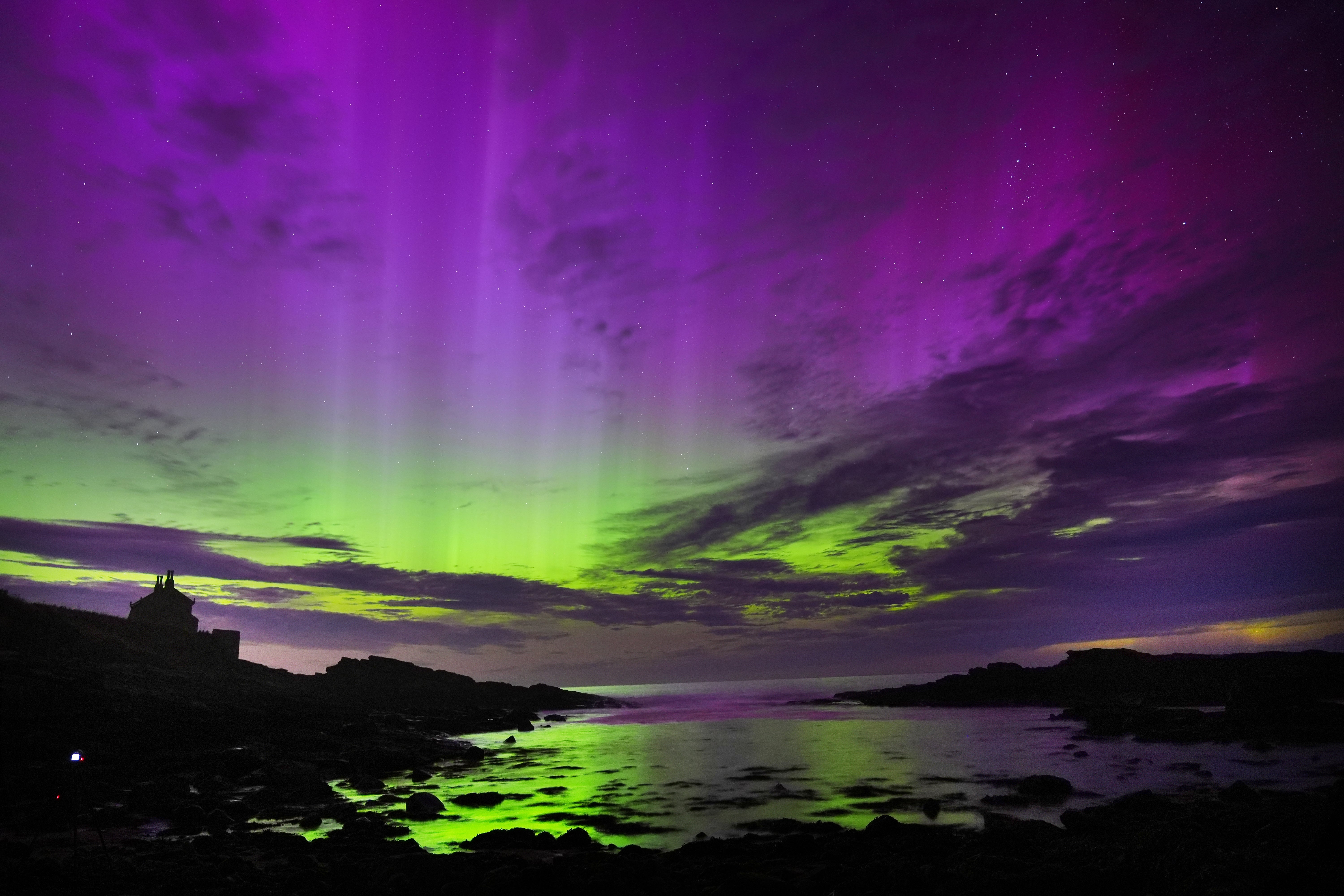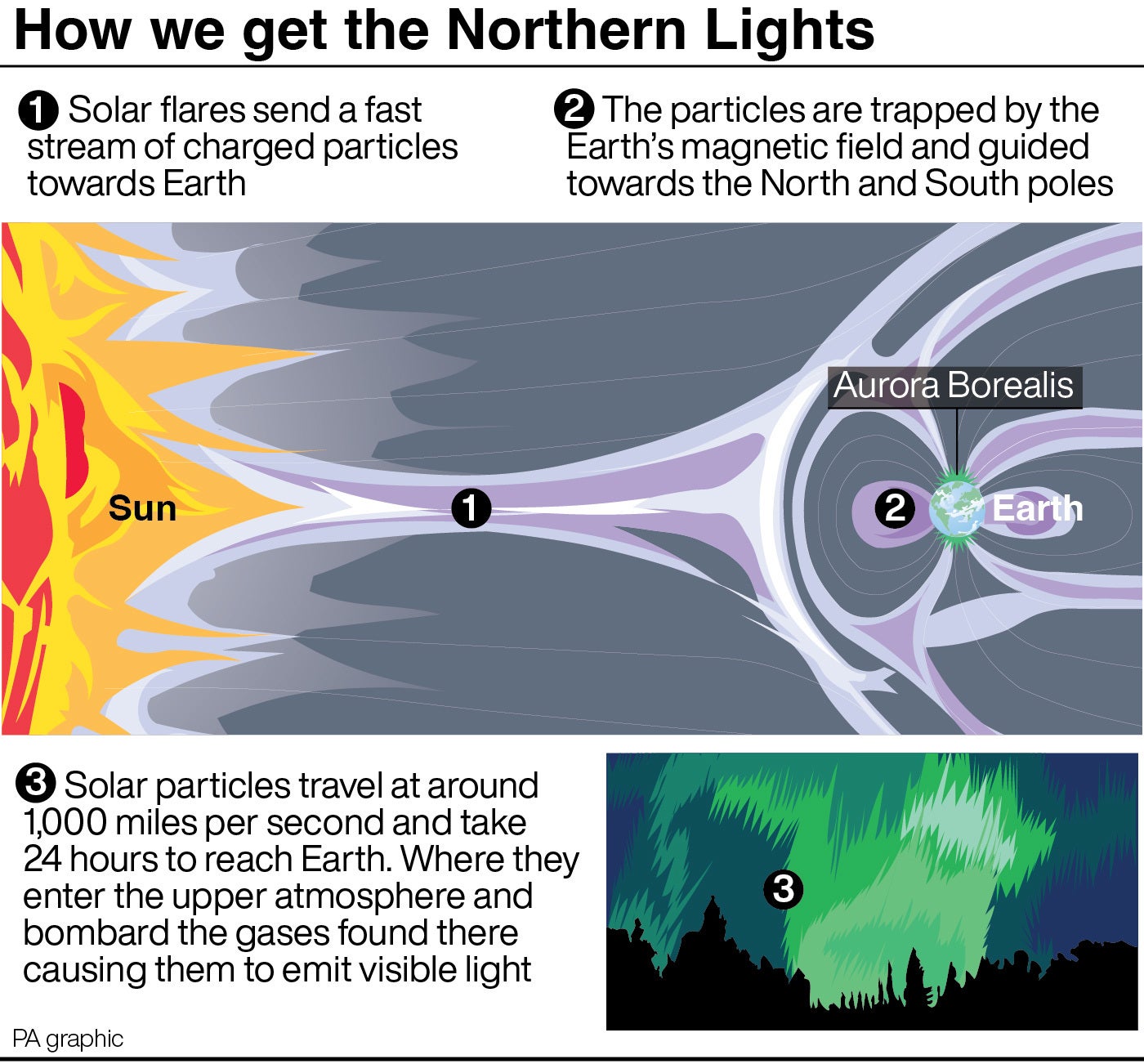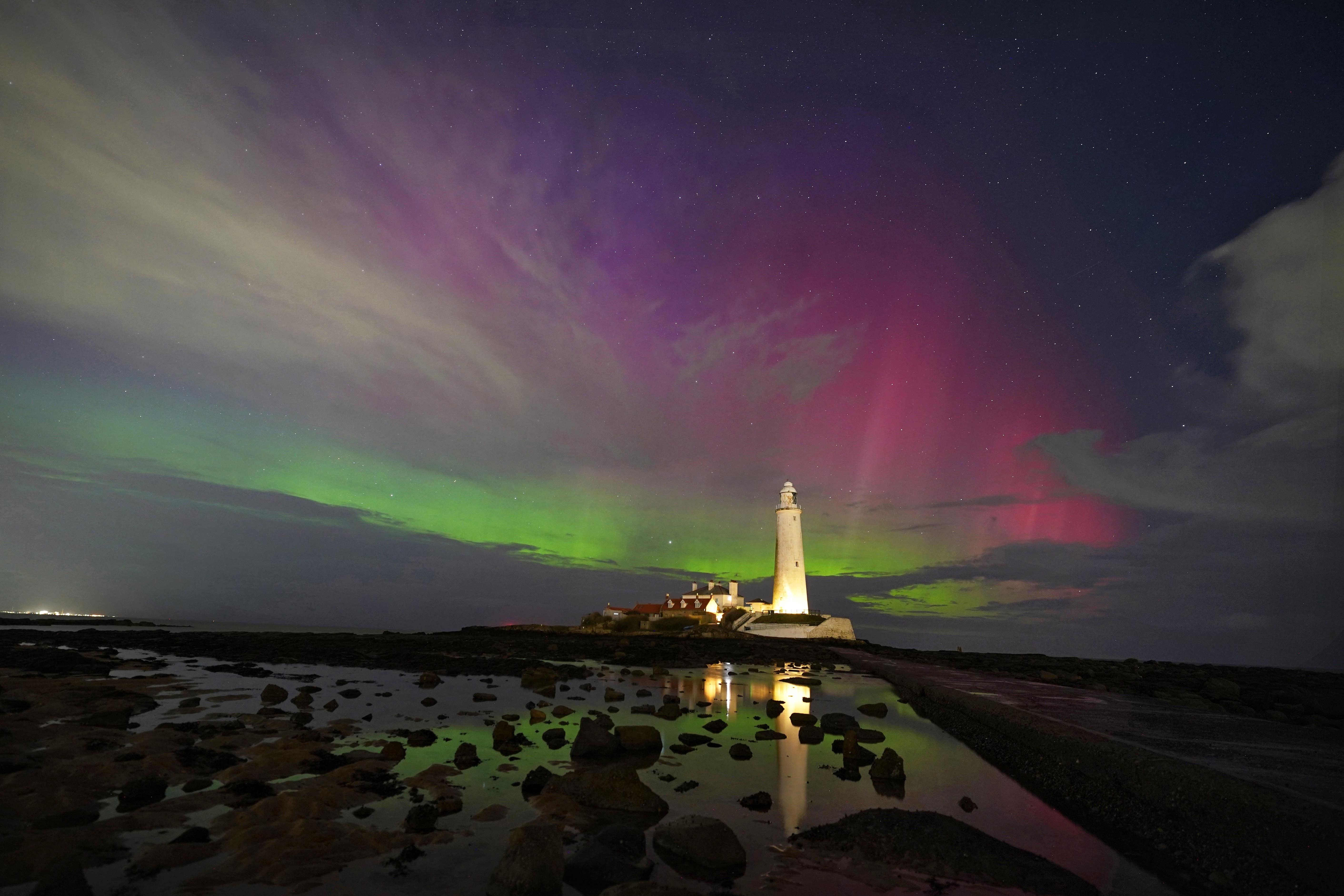Northern Lights may be visible over the UK tonight
Here’s how to see the aurora borealis
Your support helps us to tell the story
From reproductive rights to climate change to Big Tech, The Independent is on the ground when the story is developing. Whether it's investigating the financials of Elon Musk's pro-Trump PAC or producing our latest documentary, 'The A Word', which shines a light on the American women fighting for reproductive rights, we know how important it is to parse out the facts from the messaging.
At such a critical moment in US history, we need reporters on the ground. Your donation allows us to keep sending journalists to speak to both sides of the story.
The Independent is trusted by Americans across the entire political spectrum. And unlike many other quality news outlets, we choose not to lock Americans out of our reporting and analysis with paywalls. We believe quality journalism should be available to everyone, paid for by those who can afford it.
Your support makes all the difference.People in the UK have a chance to see the Northern Lights again on Monday and Tuesday as the phenomenon returns.
The northern lights, also known as aurora borealis, appear when charged particles collide with the gases of the Earth’s atmosphere around the magnetic poles. This collision emits light of various wavelengths, spilling colour across the skies.
The particles usually come from solar flares – explosions on the sun – or solar gas ejections.

Different colours are produced depending on the gas being energised by the charged particles. Nitrogen – earth’s most abundant gas – emits purple, blue and pink light, whilst oxygen produces green.
The lights may illuminate the sky over parts of the UK on Monday night and early Tuesday morning, the Met Office has said.
The lights, also known as aurora borealis, are most likely to be visible in areas of clear sky including in Scotland and Northern Ireland as well as northern parts of England and Wales, the forecaster said.

There may also be a “chance of sightings further south”, the Met Office added in a post on X.
For those hoping to spot the aurora, meteorologists have advised staying away from areas with light pollution and using a long exposure camera as they are better able to adapt to different wavelengths than the naked eye.
Met Office spokesperson Andrea Bishop said: “Aurora activity is expected to peak on Monday following the forecast arrival of a coronal mass ejection.
“However, for the UK, this period is expected to coincide with daylight hours.
“Lingering effects are still likely to persist into Monday night and early Tuesday morning though, meaning that aurora is likely to be visible where skies are clear from Scotland and Northern Ireland, as well as parts of England and Wales, mainly in the north.
“It’s not possible to predict how far south the coronal mass ejection may be seen or pick out cities, but in terms of visibility overnight, there are generally clear skies for most tonight, however, it will be cloudier across the Northern Isles and western Scotland, with patchy rain and drizzle as well as cloudier skies in Northern Ireland.
“There’s also patchy cloud for some in the South East and East Anglia.”
Remote, open areas with views of the northern horizon are best for sightings, with the lights unlikely to be visible until it gets very dark.
Aurora displays occur when charged particles collide with gases in the Earth’s atmosphere around the magnetic poles.
As they collide, light is emitted at various wavelengths, creating colourful displays in the sky.

In the northern hemisphere, most of this activity takes place within a band known as the aurora oval, covering latitudes between 60 and 75 degrees.
When activity is strong, this expands to cover a greater area – which explains why displays can be occasionally seen as far south as the UK.
There have been numerous opportunities to see the lights in the UK this year. May, July and August brought strong displays to skies from the Highlands to Cornwall.
Krista Hammond, a space weather forecaster at the Met Office, said in May: “The sun has a roughly 11-year cycle of activity, and this is from what’s known as solar minimum, which then goes towards solar maximum, and back to solar minimum. And we’re now approaching the solar maximum.”
